The techniques suggested below are simply guidelines which can be followed. Many varieties. of roses respond differently to various methods and if a particular variety is not producing the desired effect, try another technique. Just remember:
-
1. Severe early spring pruning on one-time bloomers will sacrifice bloom.
2. Sometimes a hard cut-back will tend to restore a weak bush.
3. A bush well “shaped up” every year will be more satisfactory than a bush allowed to go rampant for several years, then cut back.
ALBAS
– Prune after spring bloom. Some old wood should be cut back to encourage new growth from the bottom. Shorten long shoots by 1/3.
BOURBONS
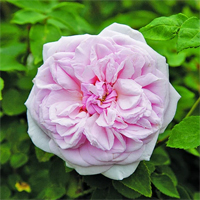
CENTIFOLIAS
Prune after spring bloom. Shorten long new growth by ½. Remove any spindly wood.
CHINAS
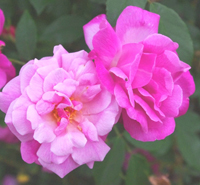
CLIMBERS OLD AND NEW
In early spring remove dead twiggy growth and, if needed, remove at the bottom very old canes. After spring bloom, shape entire bush to desired size.
DAMASKS
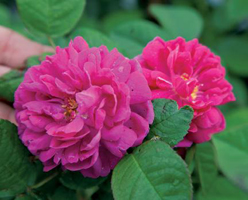
GALLICAS
Prune after spring bloom. Remove some old wood, all the way to the bottom. Shorten long canes by 1/3.
HYBRID MUSKS
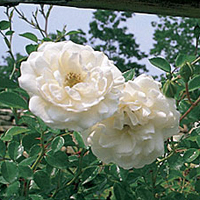
HYBRID PERPETUALS
Prune in early spring. Shape to fit location or desired size. Apply same techniques as for Hybrid Teas.
MOSSES
One time bloomers: Prune after spring bloom. Cut back long new growth by ½ and the short new growth down to two or three buds. Repeat Bloomers: Prune in early spring. Shorten canes by 1/2. Remove some old wood at the base and remove dead and twiggy growth. Give a good shaping as these are generally very vigorous bushes.
NOISETTES
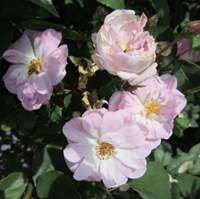
POLYANTHAS
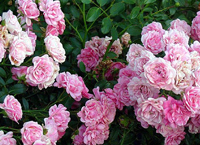
PORTLANDS
Prune in early spring. Remove all dead and twiggy growth. – Basically, use the same techniques as for modern Hybrid Teas.
RAMBLERS
Prune after spring bloom. Prune only to keep at desired size. The removal of very old wood will encourage young new growth from the bottom.
RUGOSAS
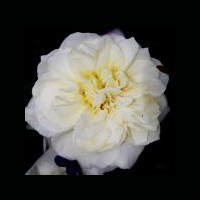
SHRUBS and ENGLISH ROSES
Though not Old Garden Roses, English Roses are treated as other shrubs. Prune in early spring. Give a good shaping by shortening lax growth and removing dead and spindly wood. Thin out weak, twiggy growth and dead or diseased wood. Cut back the remaining branches to half their length. The object is to build up a nice, bushy shrub always bearing in mind the natural height of the bush.
SPECIES
Prune after spring bloom. Prune only to keep the bush at desired size. The removal of very old wood will encourage new basal breaks. Most of these varieties bloom on the previous year’s growth and so, the bigger and bushier the plant, the more bloom is produced.
Reprinted from the Potomac Rose Society Newsletter – This valuable information comes from The Yellow Rose, publication of the Dallas Area Historical Rose Group. Joe M Woodward is the Program Chairman and Editor. He says of this article, “I found this item in one of my files with no reference as to who prepared it. I’m sorry that I cannot give the proper credit. If someone recognizes the source and advises us, we will be happy to credit the correct source. “
